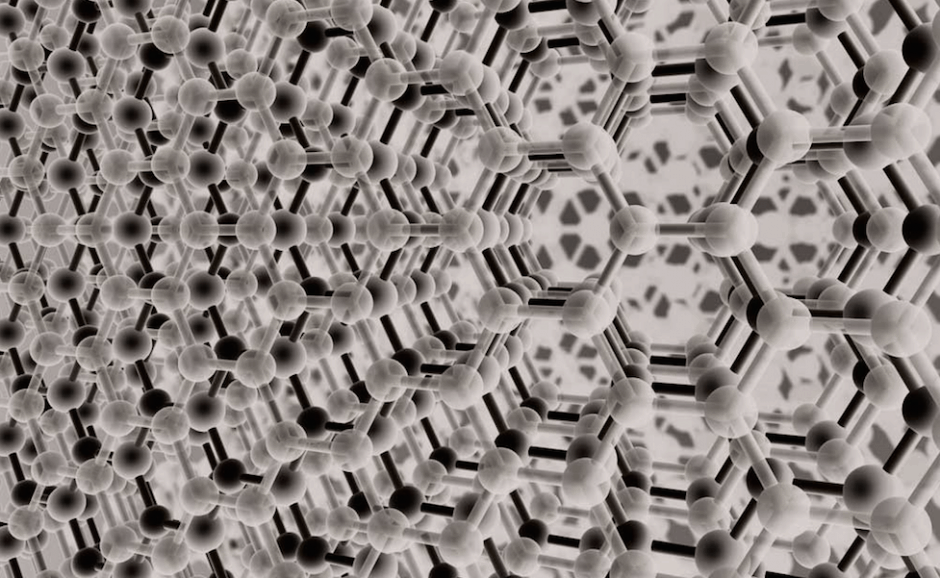Graphene gives photodetector fuller spectrum of light sensing
Engineers have used graphene to create a photodetector that works with more types of light than its current counterparts.


Developed at UCLA’s Samueli School of Engineering, the device is said also to have superior sensing and imaging capabilities.
The versatility and usefulness of photodetectors depends largely on their operating speed, their sensitivity to lower levels of light, and how much of the spectrum they can sense. Typically, when engineers have improved a photodetector's capabilities in any one of those areas, at least one of the two other capabilities is diminished.
The photodetector designed by the UCLA team is claimed to have major improvements in all three areas as it operates across a broad range of light, processes images more quickly, and is more sensitive to low levels of light than current technology.
"Our photodetector could extend the scope and potential uses of photodetectors in imaging and sensing systems," said Mona Jarrahi, a professor of electrical and computer engineering, who led the study. "It could dramatically improve thermal imaging in night vision or in medical diagnosis applications where subtle differences in temperatures can give doctors a lot of information on their patients. It could also be used in environmental sensing technologies to more accurately identify the concentration of pollutants."
Register now to continue reading
Thanks for visiting The Engineer. You’ve now reached your monthly limit of news stories. Register for free to unlock unlimited access to all of our news coverage, as well as premium content including opinion, in-depth features and special reports.
Benefits of registering
-
In-depth insights and coverage of key emerging trends
-
Unrestricted access to special reports throughout the year
-
Daily technology news delivered straight to your inbox










National Gas receives funding to develop Gravitricity underground hydrogen storage system
One single rock salt mine - Winsford - has 23 <i>MILLION </i>cubic metres of void and even allowing for 10% of that void set aside for hazardous waste...